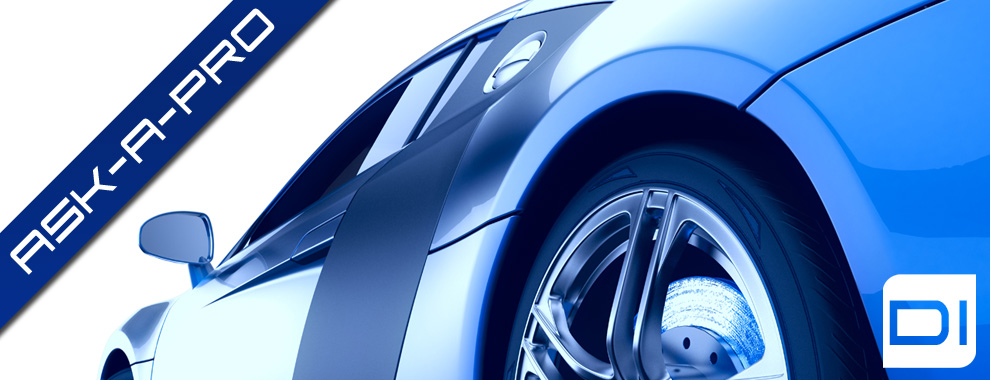This is the first part of a four part article series by Marc Harris and Jacob Bunyan of Auto Lavish. In this series they will make a case against coatings, sealants, and waxes, to help you find out what form of protection is best for your needs! To view all of the articles in this series click here.
What’s the best thing to use on your vehicle’s finish if you want maximum durability, additional gloss, and protection against the elements? Clear-coat of course. So much so that is was designed for this exact reason. With clear-coat coming to mass production in the 80’s, we were promised we’d no longer need to wax our vehicles or worry about paint fade (ever seen a formerly red vehicle that is now pink?). We now had a permanent barrier that adds gloss and protection for the life of our vehicle.
Modern day paint technology is at an all-time high. It can last longer and provide better protection with less of it having to be applied. If this is the case, then what’s with all the coating hype everyone’s been talking about? Now you’re saying you need another layer of a permanent or semi-permanent barrier? Even worse, these modern coatings are a small fraction of the thickness of automotive clear-coat. While many modern paint jobs are averaging in the 50-75 micron range for clear-coat thickness, these coatings are a thin film: less than a micron. They don’t have the tenacity and resiliency that clear-coat does.
Don’t get me wrong; coatings aren’t all bad. For one, their profit margins are amazing. They’re sold in small amounts for big money, and if you want a quality professional to apply one properly to your baby, you’re going to have to pay even more. Because profit margins are high, many detailers like to push these products. Because detailers like to push them, there is a lot of competition with them, resulting in raised prices for the most desirable ones. With increased prices, the exact cars that I believe benefit the least often have them applied. Weekend, top-down, nice-weather-only exotic vehicles springing for this additional service is sadly the same reason Porsche now pipes in “turbo noise” though the stereo on the new 911 Turbo (991 body-style): it sounds cool!
Paint engineers have worked for years to make automotive paint better than ever, so of course we’ll cover it with a thin film to finally make it “good” in the same way mechanical engineers have worked hard to control balance and vibration in engines (turbo noise is from minute weight imbalance resulting in audible frequencies), just to have the marketing department correct their… mistake?
Keep in mind the main reason to have any type of protection on your paintwork, is to keep it cleaner longer, and also so it is easier to clean when you do need to wash it. Easier to clean equates to decreased likelihood of scratching and swirling the finish.
Therefore, what you really want is something that is super slick feeling, and can easily be reapplied when that slickness and protection begins to wane. What you’re looking for is a good carnauba wax. Not only does it work effectively to make your car easier to clean, it excels (temporarily) with acid-based damage like bird bombs. It’s quick, it’s easy, it’s basically fool-proof. Many quality carnauba’s aren’t just great for protection, many come in nice cases (like the iroku wood Dodo Juice Supernatural tub below) to give you something to touch, hold, and value: a rare experience in today’s electronic age. Stop wasting your time and money on coatings, and start waxing your car. As true car enthusiasts know: it’s about the journey, not the destination.
